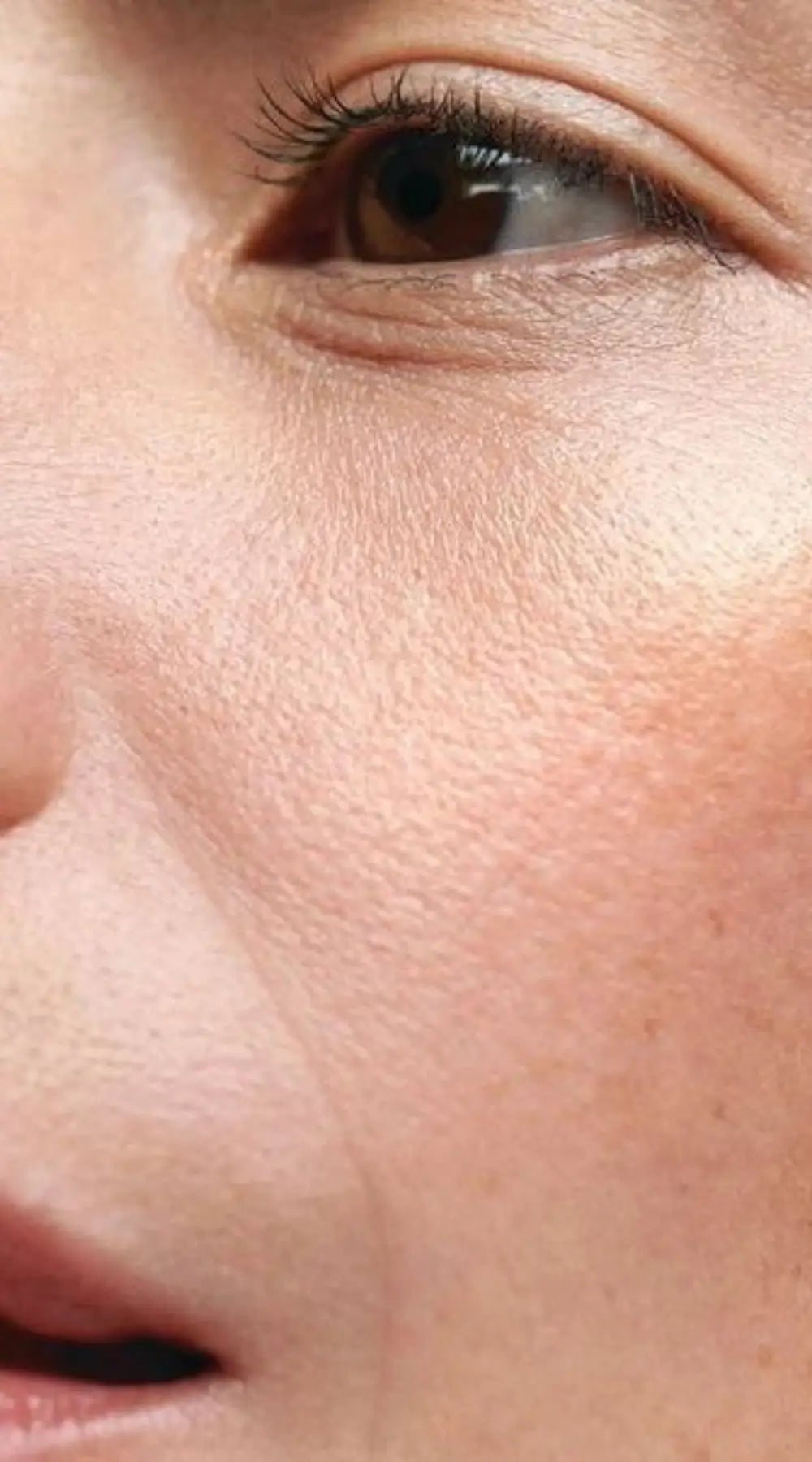



You’ve decided to switch to corneotherapy with dermaviduals, but your skin is going through a tough phase? Don’t worry, it’s completely normal, and we’re here to explain why.
If your skin is dry, peeling, breaking out, or if you're experiencing tightness, excess pimples, or general discomfort, you’re likely in a transition phase. This stage is essential for restoring a healthy and balanced complexion.

Corneotherapy aims to restore your skin’s natural health by rebalancing its functions, known as homeostasis. This means your skin regains its ability to function optimally, including maintaining hydration, regulating temperature, and defending against external factors like microbes and injuries.
With dermaviduals, the goal is to help your skin become independent and efficient again, without relying on harsh or superficial products.
However, after years of using products containing non-physiological ingredients like silicones or emulsifiers, your skin may have been compromised. These substances prevent your skin’s barrier from functioning properly. So, the switch to dermaviduals can cause temporary discomfort — but this is a necessary step for your skin to repair itself.

1. Accumulated Chemical Residues
The products you previously used may have left residues like silicones or occlusive agents deep within your skin. During the transition to dermaviduals, these residues can surface, causing dryness or breakouts.
2. A Weakened Skin Barrier
If your skin is already fragile, it may react more sensitively at first. Restoring damaged skin is like renovating a house — it can get messy before everything falls into place.
3. The Impact of Your Overall Health
Your lifestyle (diet, hydration, stress levels, sleep) directly affects your skin. Dermaviduals works deeply, which may cause visible reactions on the surface at first.
4. Withdrawal from Artificial Moisturizers
Many products give the illusion of hydration thanks to silicones. With dermaviduals, your skin learns to produce its own natural lipids and moisturizers. This process is like learning to walk without crutches — it might feel unstable at first.
5. Rebalancing the Microbiome
Your skin hosts an ecosystem of beneficial microorganisms. If this balance has been disrupted, the restoration process can cause breakouts. This is temporary and indicates that your skin is reorganizing itself.
The duration depends on your skin, your previous habits, and your overall health. Just like with a new diet or fitness routine, results take time. With patience and consistency, you’ll see lasting improvements.

1.Trust the Process
This phase may be uncomfortable, but it’s temporary. Your therapist is here to guide you, so don’t hesitate to ask questions.
2. Stick to Your Products
It might be tempting to switch or add products, but doing so can throw your skin further out of balance. Stay consistent with your dermaviduals routine.
3. Follow Your Routine
Even if results aren’t immediately visible, stick with your plan. If something doesn’t seem right, consult your therapist to adjust your routine.
The discomfort you’re experiencing means your skin is heading in the right direction. With dermaviduals, you're moving towards a healthier, more resilient, and balanced complexion.
Type: Moisturizer
Type: Moisturizer
At Elevate, we combine advanced technology, professional expertise, and personalized care to deliver the best skincare treatments. Contact us today to schedule your session!